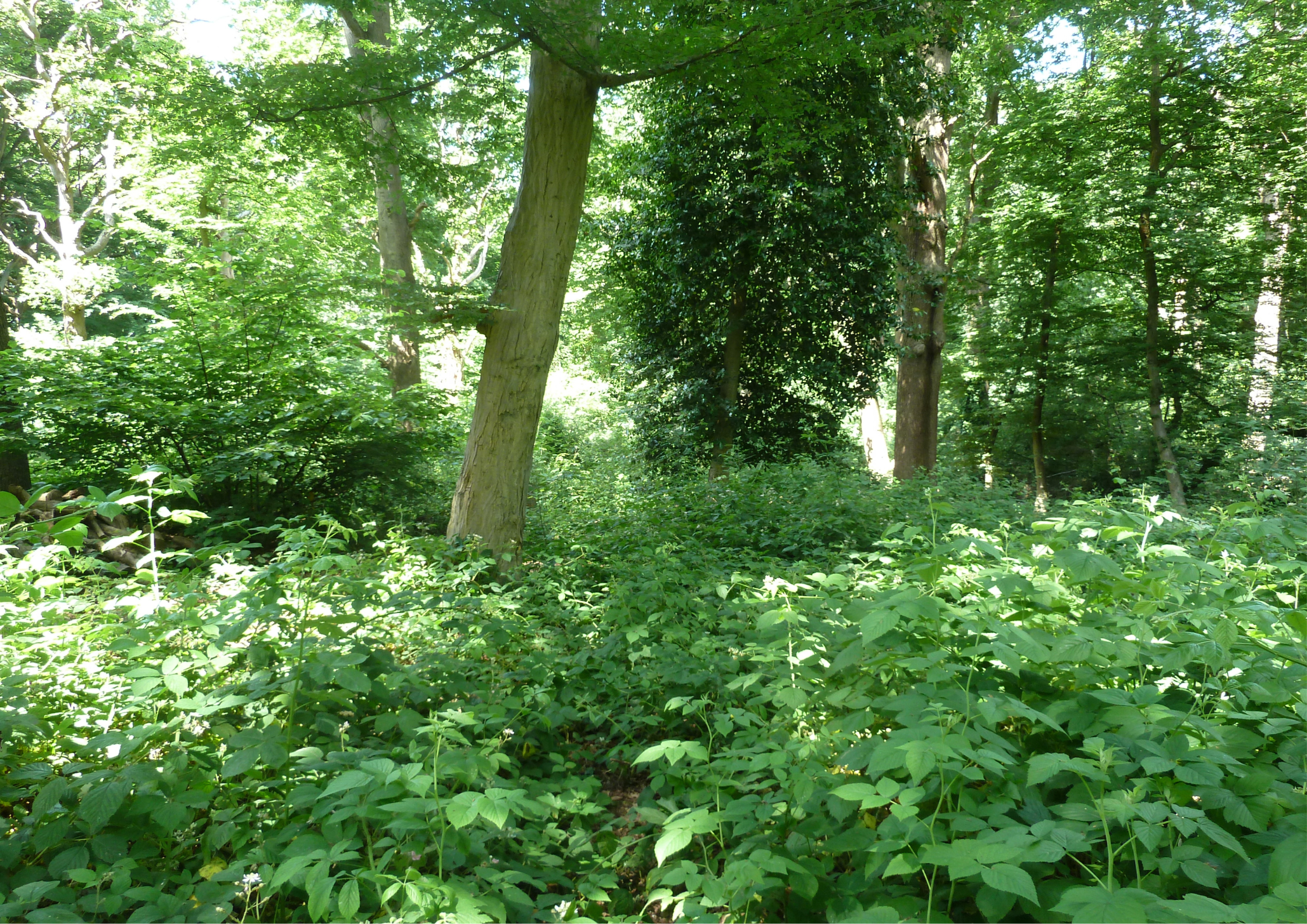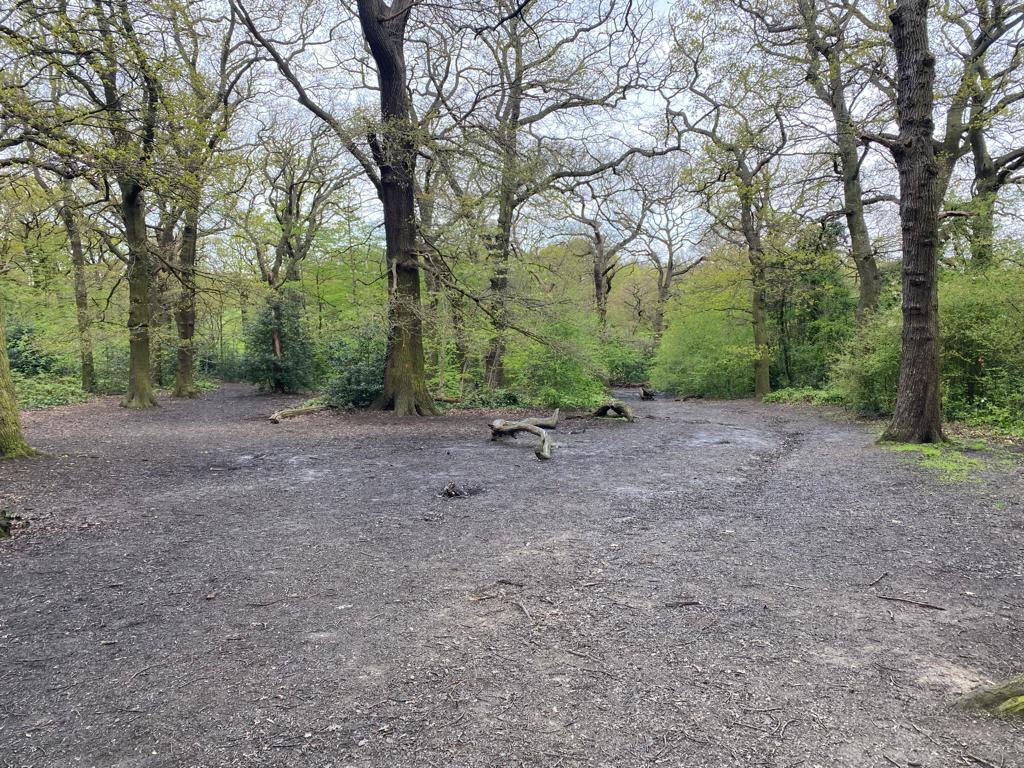Home
Conservation Areas
Conservation Areas
We are fencing small areas to help restore the soil and habitats for wildlife and people to enjoy.
Ancient woodlands take many centuries to develop. They are home to irreplaceable wildlife but only 2% of UK ancient woodlands remain. Our ancient woodlands suffered from hugely increased footfall. By fencing heavily trampled ground we create Conservation Areas for flora and precious soil organisms. Reduced trampling will allow plants, young trees, and mycelia to grow back, providing habitat and food for birds, invertebrates and small mammals.
Fence in Coldfall Wood
Location of the Conservation Areas
Fencing in Bluebell Wood shown in red
Fencing in Coldfall Wood shown in red
Fencing in Queens Wood shown in red
Benefits of the Conservation Areas
Restore: Wood Anemones and other ancient woodland plants.
Benefit: Mycorrhizal fungi, such as Bluefoot Bolete, link to tree roots in healthy soil.
Help: Hedgehogs foraging and hibernating in the undergrowth and leaf piles.
Find out more about improvement of soil condition here
Dislike
Love it




